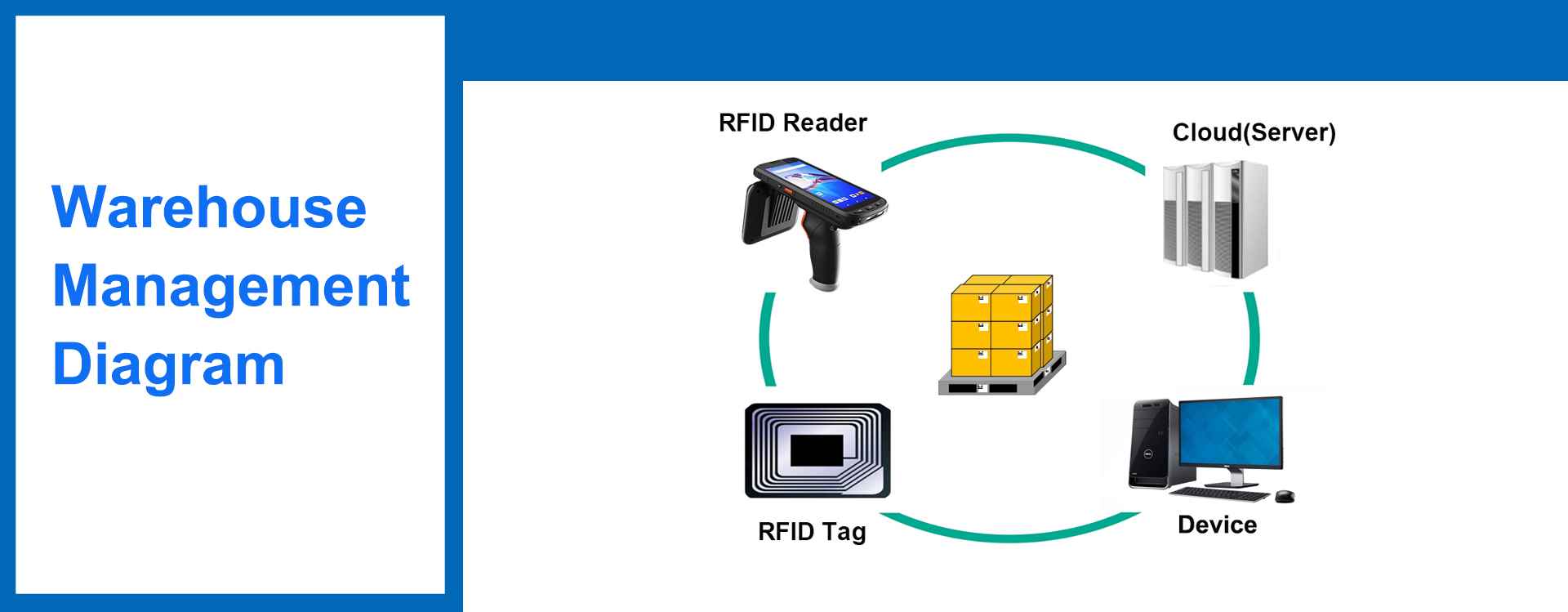Library management
Library management
The adoption of RFID technology can reduce the workload of staff and realize automated book circulation management in combination with the RFID system.
With the continuous improvement of readers' requirements for the library service quality, it is important to improve the service quality, strengthen the internal management and improve the work efficiency in the library management service. The adoption of RFID technology can reduce the workload of staff, combined with an RFID system to achieve automated book circulation management. RFID can achieve automated book checkout/return, guarantee book information security, and can improve the flow efficiency of book checkout/return. RFID technology is applied in intelligent library management.
Build an RFID intelligent library management system network and deploy corresponding RFID hardware devices to identify, track, and protect all the library's materials. The RFID system to achieve book lending, shelf, search, collection inventory, and other functions, greatly improve the efficiency of library data processing The emergence, development, maturity, and wide application of the RFID intelligent library management system has completely solved the problems that the library currently needs to solve.
RFID is a kind of non-contact-based intelligent and automatic identification technology, which mainly transmits, receives, and processes radio frequency signals to identify the target object to obtain and process data and realize intelligent and automatic processing. The RFID system can support simultaneous checkout/return of multiple books, which greatly improves the efficiency of library management and facilitates the work of staff.
In recent years, with the maturity of RFID technology, and the decline in the price of tags, read speed, and security performance, RFID technology is gradually becoming more and more widely used. RFID technology is not just a simple bar code substitute, its systematic use will revolutionize the entire workflow of libraries, traditional services, and management models, which in turn will lead to new business process reorganization so that libraries' automation will be advanced and the service function will be further enhanced. Compared with the traditional barcode plus magnetic stripe method, its advantages are mainly manifested in the following four aspects:
1、 It improves the efficiency of books lending and returning.
Traditional bar code and magnetic stripe technology in the borrowing and returning books, still need staff to open the book title page to find the bar code, and then scan and demagnetize.Borrowing and returning efficiency are relatively low. After the adoption of RFID technology, RFID reader to non-contact reading information, and with the help of RFID technology's anti-collision function, you can read and identify multiple books at the same time, thereby improving the borrowing and returning efficiency and reader reception.
2、Improved service level.
With self-service peripherals, patrons can find the shelf numbers of books in the network system, quickly and accurately locate the books they need, and check out and return the books themselves, bringing convenience to patrons. The library can reorganize the saved human resources so that more librarians can shift from traditional management to serve patrons or perform other value-added services.
3、Strengthened collection management.
In the open shelf library, a book management staff usually needs to spend a lot of energy finding the disorderly shelves, the wrong shelves of books and magazines, and to classify and return, the workload and work intensity department is relatively large.Through the bookshelf information into the RFID system, staff in the daily patrol of the whole shelf process can be found in a timely manner with the help of handheld readers disorderly shelves of book information, which makes the shelf, the whole shelf work becomes quite easy. In addition, the use of RFID technology can also simplify the book inventory work of library managers.
4、Enhanced anti-theft monitoring capability.
The traditional magnetic stripe anti-theft system often appears such as false alarm, demagnetization is not a clean false alarm, and many other non-real theft situations. The RFID access control system can be integrated with a reader to determine whether the book being checked is a violation of the entrapment or borrowing record omitted books, and then determine whether to make alarm action, reducing the rate of missed and false alarms.
The use of RFID system technology in libraries is the current main development trend, but also to achieve intelligent, automated, and efficient book management to make important information technology pavement. RFID book management can not only track and manage book resources but also protect the security of library books. In the management of book resources, the staff only needs to be able to quickly and efficiently manage the loan/return of books through simple operations, to achieve the rapid circulation of book resources, data, and information.
Application characteristics of RFID in manufacturing industry


